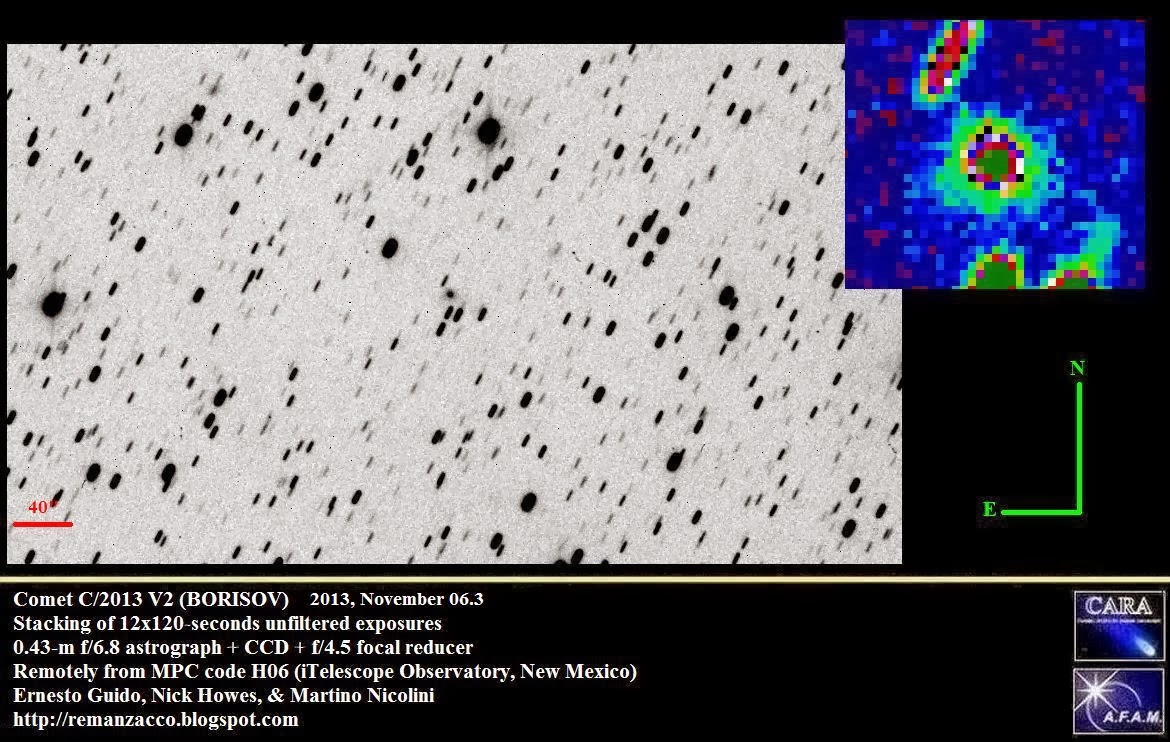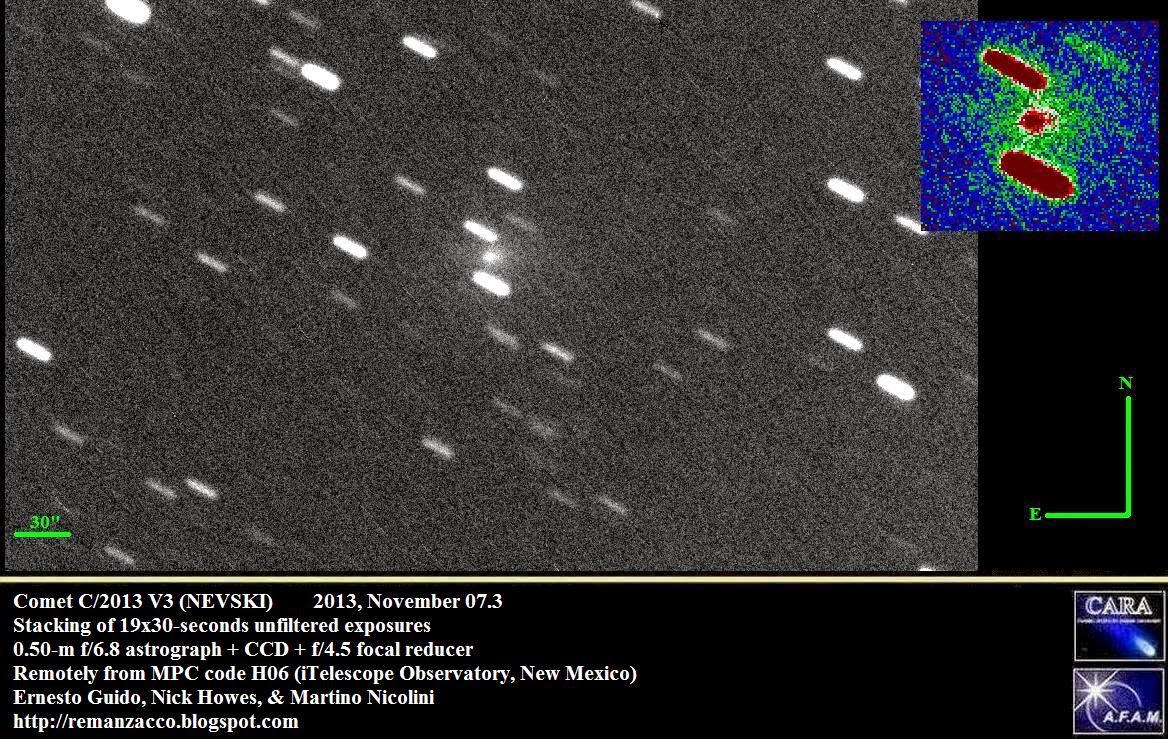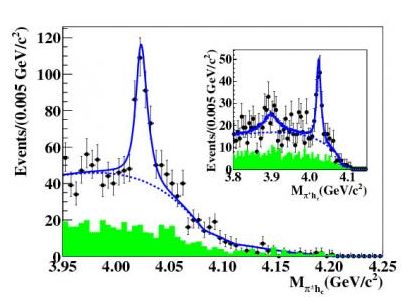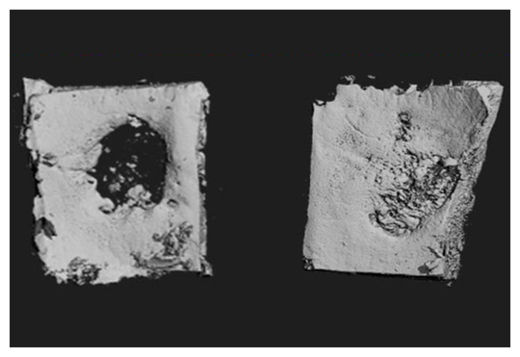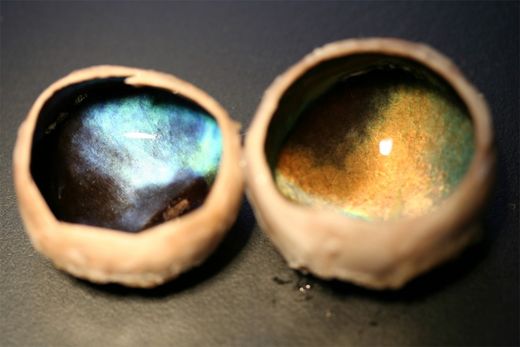
© Glen JeffreyTwo dissected reindeer eyes, showing the tapetum lucidum. The left one comes form an animal killed in winter; the right one, in summer.
When Glen Jeffery first took possession of a huge bag full of reindeer eyes, he didn't really want them.
Jeffery is a neuroscientist from University College London who studies animal vision, and his Norwegian colleagues had been urging him to study the eyes of reindeer. They wanted to know how these animals cope with three months of constant summer sunlight and three months of perpetual winter darkness. "I thought it was a dumb idea," says Jeffery. The animals would probably adapt to the changing light through some neurological trick. The eyes weren't the right place to look.
But the Norwegians persisted, and they eventually sent him a bag full of eyes, taken from animals killed by
local Sami herders. The eyes were divided into two sets - one from animals killed in the summer, and another from those killed in the winter. Jeffery started dissecting them. "I opened them up and went: Jesus Christ!" says Jeffery. "Hang on. They're a different colour"
In the summer, reindeer eyes are golden. In the winter, they become a deep, rich blue. "That was completely unexpected," says Jeffery.
That was 13 years ago. Since then, he has been working to understand the secrets behind the chameleon-like eyes, along with Karl-Arne Stokkan from the University of Tromsø and others.
The bit that actually changes colour is the tapetum lucidum or "cat's eye" - a mirrored layer that sits behind the retina. It helps animals to see in dim conditions by reflecting any light that passes through the retina back onto it, allowing its light-detecting cells a second chance to intercept the stray photons. The tapetum is the reason why mammal eyes often glow yellow if you photograph them at night - you're seeing the camera's flash reflecting back at you.


